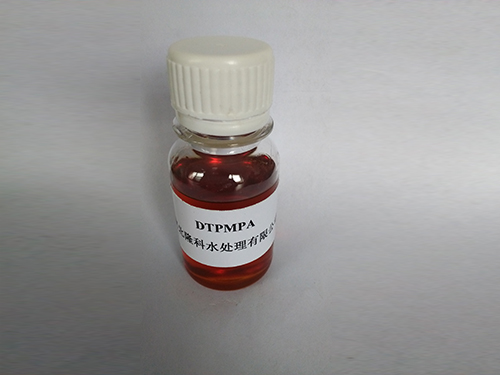oit isothiazolinone
Understanding OIT (Octylisothiazolinone) A Comprehensive Overview
Octylisothiazolinone, commonly referred to as OIT, is a chemical compound that belongs to a class of substances known as isothiazolinones. This class is primarily aimed at serving as biocides and preservatives, and OIT is particularly recognized for its effectiveness in preventing the growth of bacteria and fungi in various applications. In this article, we will delve into the characteristics, applications, regulatory status, safety concerns, and alternatives to OIT, providing a thorough understanding of this important chemical compound.
Characteristics of OIT
OIT is a synthetic compound that exhibits antimicrobial properties. Its structural formula includes a thiazolidine ring, which is integral to its biological activity. The presence of an isothiazolinone moiety in OIT enhances its ability to disrupt the metabolic processes of microorganisms, leading to their inhibition. This makes OIT a popular choice in formulations where microbial contamination could compromise product integrity.
OIT is soluble in organic solvents but has limited solubility in water. This characteristic allows it to be incorporated into a variety of formulations, such as paints, adhesives, and personal care products, without adversely affecting their physical properties.
Applications of OIT
One of the most significant applications of OIT is in the field of industrial products, such as paints and coatings. Manufacturers often add OIT to these products to prevent the growth of mold and mildew, which can damage finished surfaces and reduce aesthetic appeal. Additionally, OIT is used in wood preservation, extending the life of wood products by preventing microbial degradation.
OIT is also found in personal care products, including cosmetics and toiletries. Its antimicrobial properties help in maintaining the stability of these products, ensuring they remain free from harmful bacteria and fungi during their shelf life. However, the use of OIT in personal care items has raised safety concerns, which we will discuss further.
Regulatory Status
Due to its widespread use and potential for human exposure, OIT is subject to regulatory scrutiny in many countries. The European Union has classified OIT as a substance of concern under REACH (Registration, Evaluation, Authorisation, and Restriction of Chemicals). As of 2021, new restrictions have been placed on its use in consumer products, particularly those that come into direct contact with the skin, such as cosmetics.
oit isothiazolinone

In the United States, OIT is regulated by the Environmental Protection Agency (EPA) and can be used as a pesticide in industrial settings, but its application in consumer goods is subject to stringent guidelines to ensure safety.
Safety Concerns
The safety of OIT has been a topic of considerable debate, particularly in the context of its use in personal care products. Some studies have linked exposure to OIT with allergic reactions, skin sensitization, and respiratory issues. Such concerns have led to a rise in consumer awareness and demand for safer alternatives.
Allergic reactions to OIT can occur even after minimal exposure, making it a problematic ingredient in formulations intended for sensitive skin. Regulatory bodies have responded by tightening guidelines regarding the allowable concentrations of OIT in consumer products.
Alternatives to OIT
In light of the safety concerns associated with OIT, many manufacturers are seeking alternatives that offer similar antimicrobial properties without the associated risks. Natural preservatives, such as essential oils and plant extracts, are increasingly gaining popularity. Additionally, other synthetic compounds with lower toxicity profiles, such as phenoxyethanol and ethylhexylglycerin, are being utilized as substitutes.
Furthermore, research into biochemical agents, like probiotics and enzymes, is ongoing, presenting promising avenues for sustainable antimicrobial solutions in various industries.
Conclusion
OIT is a versatile chemical with significant antimicrobial properties; however, its safety profile raises valid concerns, especially in consumer products. As regulatory frameworks evolve and public awareness grows, the industry is likely to see a shift towards safer alternatives that maintain product efficacy while prioritizing consumer health. Understanding the implications of OIT will be crucial for manufacturers, regulators, and consumers alike as we navigate the delicate balance between product performance and safety.
-
The Ultimate Guide to Flocculants: Transforming Water TreatmentNewsNov.01,2024
-
Improve Your Water Treatment Solutions with PolyacrylamideNewsNov.01,2024
-
Enhance Your Water TreatmentNewsNov.01,2024
-
Empower You to Achieve the Highest Standards of Water QualityNewsNov.01,2024
-
Effective Scale InhibitorsNewsNov.01,2024
-
Discover the Power of Poly Aluminum Chloride in Water TreatmentNewsNov.01,2024





